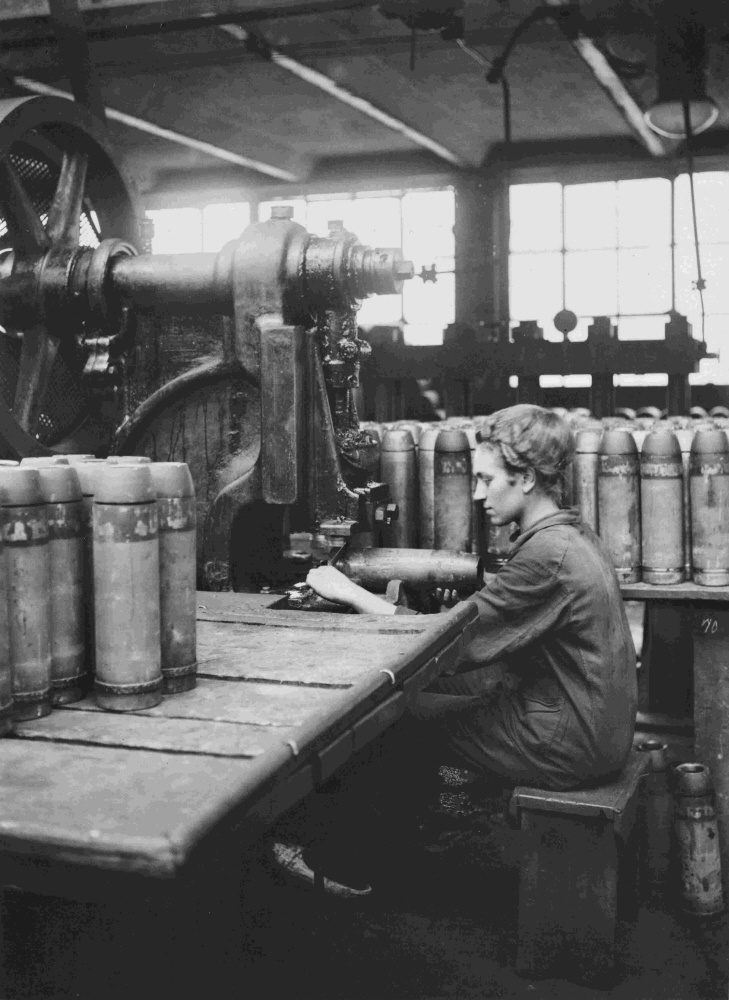Newspaper Announcements about the Availability of Prisoners of War (1915/16)
Abstract
By mobilizing millions of men for the army and navy during the First World War, the demand for labor for the economy, especially in agriculture, could no longer be met adequately. Prisoners of war were therefore used as replacements. According to Article 6 of the Hague Land Warfare Convention of 1907, regular troops and non-commissioned officers could be forced to work, officers were excepted. The majority of prisoners of war in Germany during World War I came from Russia, followed by France, Great Britain, Romania and Italy. Most of them were housed in prisoner-of-war camps, later also in private households. These three advertisements from the Rhein-Lahn Anzeiger newspaper, in which the availability of prisoners of war as laborers was announced, give an impression of the acceptance of this form of forced labor during the war.
Source
Local news
Rastätten, July 5, 1915
* — Prisoners of war. This afternoon a number of prisoners of war arrived here, of whom 23 will be employed in our city and several others will be transported onward to serve as agricultural laborers in the communes of Vogel, Nieder-, and Oberwallmenach. All in all, the prisoners made a good impression and looked well, too, which one must attribute mainly to the good treatment they receive from us “barbarians.” I wonder whether our warriors who have been taken prisoner look as good?
[…]
Local news
Rastätten, August 2, 1915
* — It has been resolved to bring further prisoners of war here as workers. Anyone interested in hiring them is requested to apply to the town hall immediately.
[…]
Local news
Rastätten, Jan. 10, 1916
[…]
* — Prisoners of war. The number of prisoner-of-war camps here will be increased in the coming days. Those farmers from the municipal district of Rastätten desiring such prisoners as workers should report immediately to the mayor’s office.
[…]
Source: Rhein-Lahn-Anzeiger, July 5, 1915; August 2, 1915; January 10, 1916
